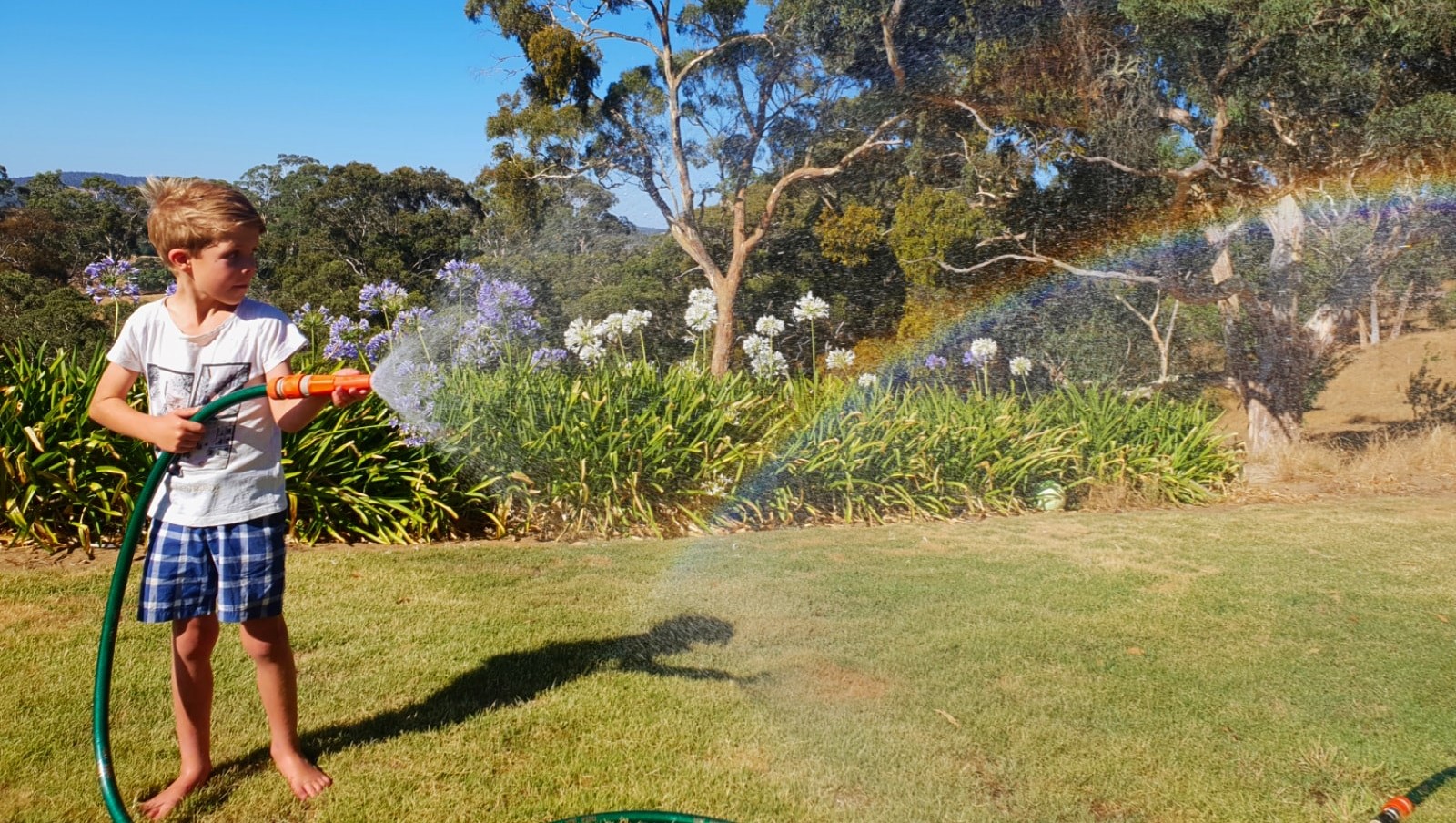Blog

#bioPGH Blog: Cool Science for a Hot Summer Day!
 A resource of Biophilia: Pittsburgh, #bioPGH is a weekly blog and social media series that aims to encourage both children and adults to reconnect with nature and enjoy what each of our distinctive seasons has to offer.
A resource of Biophilia: Pittsburgh, #bioPGH is a weekly blog and social media series that aims to encourage both children and adults to reconnect with nature and enjoy what each of our distinctive seasons has to offer.
The weather forecast for this last weekend of August looks like summer wants to thoroughly remind us not to bust out that pumpkin spice just yet! The temperatures look hot, but that’s no reason not to have some cool fun with family science activities! We’ve got you covered below. If you’d like to make these proper experiments, be sure to talk about the concepts and make your predictions (hypotheses) before getting started. Have fun exploring!
Density Does It
Nothing beats the heat like ice, and here you can have some cool fun while learning about the density of water!
Make an assortment of ice blocks in different shapes and sizes — try using different food containers, Ziploc bags, or you can even place cookie cutters in a shallow bowl of water to make fun shapes (just be sure the water stays below the top of the cookie cutter.) Predict which shapes will float or sink in water later – will they all float? Will they all sink? Does the shape of the ice matter? While the blocks are freezing, go outside and either fill a kiddie pool, a storage container or even just a food container with water (it just needs to be bigger than the ice blocks). When the ice is ready, drop the blocks into the water and note which ones float.
This experiment is a good way to note the density quirk of ice. Most compounds are more dense as a solid than they are as a liquid, but this is not true for water. Water is at its highest density at approximately 4 degrees Celsius (39 degrees Fahrenheit.) This means that ice, being less dense than cold water, will float on water — no matter what shape the ice block is in! The quirky property of hydrogen bonds makes this difference in water, and it’s a good thing too! If ice froze at the bottom of ponds and lakes, following the trend of most other solid compounds, the fish and other creatures in the body of water wouldn’t stand a chance against freezing in winter. Since ice freezes on the top, though, aquatic residents are able to live safely under the ice in water that is at least a few degrees above freezing.
Rainbows in the Mist
Have the family take turns trying to make the perfect rainbow with a garden hose. What kind of water flow works best? Do you see the rainbow in pouring water or a spray? What is it about the mist that makes the best rainbow? Why do you think that might be?
What is a rainbow? Picture a beam of light. True white light is tricky in that it actually is made up of all of the colors in the rainbow. When those colors “work” together, they just look like bright light to us. When something gets in the way of that beam of light (like a crystal prism or a tiny water droplet) and bends the white light, all of the different wavelengths (what we see as colors) of light separate from each other. We see all of those separate colors as a rainbow!
Frosty the Soup Can
You don’t have to wait for pumpkin weather to see some frost — try making some at home! Take two empty soup or vegetable cans without the labels and fill them both with crushed ice (you can just crunch up some full size cubes in a Ziploc baggie if you only have cubes). Pour cool water into one can to fill the empty space, but for the other can, mix a cup of cool water with roughly five tablespoons of table salt before adding the mixture to the crushed ice. Then allow the cans to sit for a while. Do you notice any difference between them? If you keep a nature journal, be sure to write down what you observed!
Now let’s think about those results … why did we add salt to one of the cans? What does salt do? It lowers the freezing point of the water mixture in the can, meaning the water can be below freezing, which allows the frost to form on the outside of the salty can but not the unsalted can.
So have fun staying cool! And let us know how these experiments worked out for you!

Resources
NOAA SciJinks – What Causes a Rainbow?
National Geographic Resource Library: Frost
Photo Credits: Cover, Pexels public domain; Rainbow image, Wikimedia user Photowik CC-BY-SA-4.0; header, Pexels

